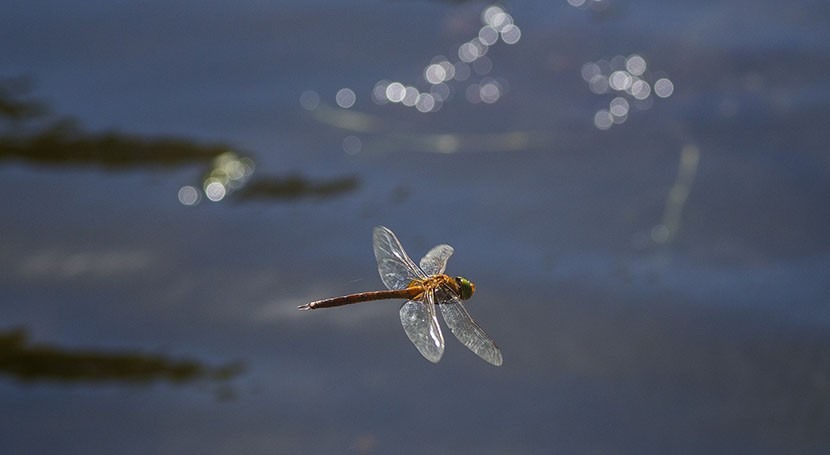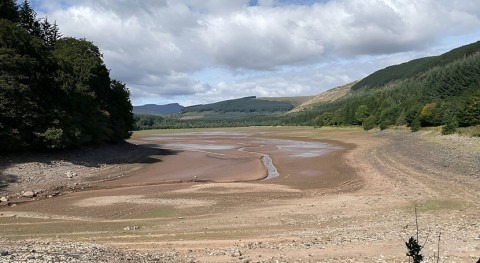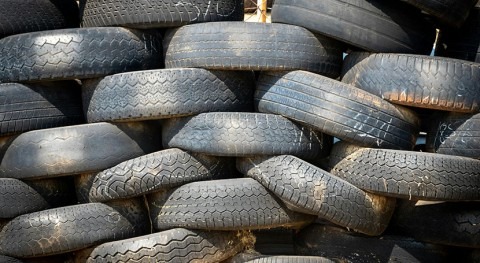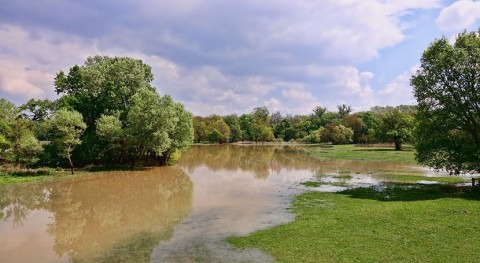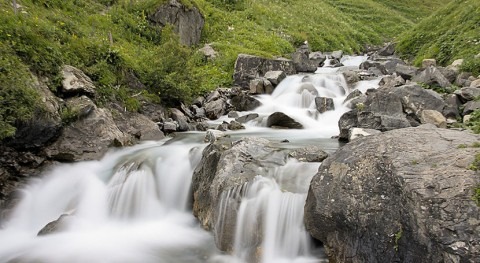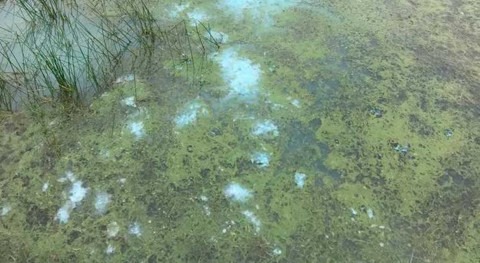Rivers across England have seen a significant improvement in river invertebrate biodiversity since 1989, shows a study led by UK Centre for Ecology & Hydrology (UKCEH) researchers.
The study, which involved one of the largest and most wide-ranging analyses of long-term monitoring data in the world – spanning over 30 years, found improvements in invertebrate biodiversity across all regions and river types in England.
This improvement is all the more surprising given English rivers are amongst the most highly exposed to wastewater and other pressures in Europe. The recent State of Nature report shows that the overall abundance of species in Great Britain has declined on average by 19%. For terrestrial invertebrates the decline is unequivocal, but this is not the case for freshwater invertebrates.
Published in Science of the Total Environment, this latest analysis adds weight to a growing body of evidence showing that freshwater invertebrate species have been moving towards recovery across England and Europe since the 1990s.
The study analysed data from up to 223,300 routinely collected freshwater records from the Environment Agency across England between 1989 and 2018. The researchers looked at the presence of invertebrate families like dragonflies, snails, mayflies, shrimp and worms which respond to changes in water quality. They examined how the presence and numbers of each family changed over time at each location.
Nationally, the long-term trend is positive. The average number of families of freshwater invertebrates found at each site increased from 15 to 25 between 1989 and 2018. Overall, this is an average 66% increase in the number of invertebrate species observed in England’s rivers over the past 30 years. However, this rate of improvement began to slow for some groups from 2003 onwards.

These trends are seen across every river type, from upland to lowland, from rural to urban, and in areas with low to high levels of arable farming. Rivers with higher exposure to wastewater or pesticides were less rich in invertebrates, yet these sites also showed improvement. Given the universality of this improvement and its timing, which coincide with declines in some key chemical pollutants, these trends across England’s rivers may be linked.
Crucially, the data shows that families that are particularly sensitive to river pollution, like mayflies, stoneflies and caddisflies, are recovering most strongly of all. The diversity of these species improved by 300% overall, rising from an average of 3 families recorded at each site in 1989 to 10 families in 2018. This recovery continued until 2003 when the rate of biodiversity improvement for some families started to level off.
While there is still room for improvements and there are many local issues still to tackle, at the national scale England’s rivers now provide far better habitats for invertebrates than they did 30 years ago. To an extent where, for some invertebrate species, England’s rivers have reached the target ecological standard for populations to thrive.
Lead author Professor Andrew Johnson, principal scientific officer at UKCEH, said: "Long-term monitoring has shown us a dramatic improvement in the biodiversity of freshwater invertebrates over the past 30 years across all river types at the national scale. Similar trends are also observed across Europe and in the decades during which changes in legislation around water treatments and restoration projects have been introduced driven by EU policies. This suggests that water quality improvements have been effective at allowing freshwater biodiversity to recover.
"Since these trends are also observed across Europe, it suggests that water quality improvements, consistent with changes in legislation around wastewater treatments and associated restoration projects, have been effective at improving freshwater biodiversity. The implication is that given good legislation, resources and regulation, we can reverse biodiversity decline.
"We now need to understand more about the role chemical changes or conservation measures have had in achieving this recovery in England’s freshwater invertebrates, and to what degree current levels of pollution affect wildlife in relation to other issues."
The analysis accounted for geographical factors like latitude, altitude and the slope of the waterway, alongside wastewater exposure and the type of land each river flowed through. It also considered the effect of invasive species, finding the increase in the distribution of such species across the sample sites was only modest and could not on its own account for the overall trend in biodiversity.


